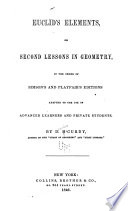 | Dennis M'Curdy - Geometry - 1846 - 166 pages
...BCE to GHL, and CDE to HKL are all equal ; and, as one of the antecedents is to its consequent, so is the sum of all the antecedents to the sum of all the consequents (4). Thus the ratio of ABE to FGL equals that of ABCDE to FGHKL ; which is the duplicate ratio of the... | |
 | James Bates Thomson - Algebra - 1846 - 276 pages
...what is the ratio of their sum or difference ? In several couplets of equal ratios, what ratio has the sum of all the antecedents to the sum of all the consequents ? 3. If the antecedent of a couplet be 65, and the ratio 13, what is the consequent1? 4. If the consequent... | |
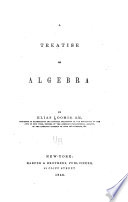 | Elias Loomis - Algebra - 1846 - 380 pages
...same ratio, the first will have to the second the same ratio that the sum of all the antecedents has to the sum of all the consequents. Let a, b, c, d, e,f be any number of proportional quantities, such that a : b : : c : d : : e :f, then will o : b :... | |
 | Charles William Hackley - Algebra - 1846 - 542 pages
...quantities, the first will have to the second the same ratio that t}ie sum of all the antecedents has to the sum of all the consequents. Let a, b, c, d, e, f, g, h be any number of proportional quantities, such that a:b::c:d::eif:igzhr Then a:l>::a+c+e+g:b+d+f+h.... | |
 | Elias Loomis - Algebra - 1846 - 376 pages
...same ratio, the first will have to the second the same ratio thai the sum of all the antecedents has to the sum of all the consequents. Let a, b, c, d, e,/be any number of proportional quantities, suchthat a : b : : с : d : : e :f, then will a : b :... | |
 | Joseph Ray - Algebra - 1848 - 250 pages
...— In any continued proportion, that is, any number of proportions having the same ratio, any one antecedent is to its consequent, as the sum of all the antecedents is to the sum of all the consequents. Let a : b : : c : d : : m : n, &c. Then will a : b : : a+c+m... | |
 | Charles Davies - Trigonometry - 1849 - 372 pages
...(N±m): PROPOSITION X. THEOREM. If any number of quantities are proportionals, any one antecedent will be to its consequent, as the sum of all the antecedents to the sum of the consequents. Let M : N : : P : Q : : R jj^ &c^then will M : N : : M + P + R : N + Q+S For, since... | |
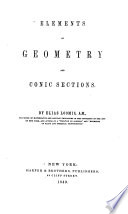 | Elias Loomis - Conic sections - 1849 - 252 pages
...II., A : B : : mA : mB. PROPOSITION IX. THEOREM. If any number of quantities are proportional, any one antecedent is to its consequent, as the sum of all the antecedents, it to the sum of all the consequents. Let A : B : : C : D : : E : F, &c.; then will A : B : : A+C+E... | |
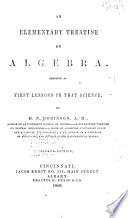 | Horatio Nelson Robinson - Algebra - 1850 - 256 pages
...number of proportionals have the same ratio, any one of the antecedents will be its consequent, and as the sum of all the antecedents to the sum, of all the consequents. Let a : 6= a : b Also, a : b— c : d a : b=m : n &c.=&c. Then we are to prove that a : b=(a+c+m) : (b+d+n)... | |
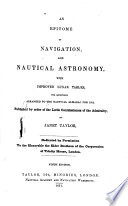 | Janet Taylor - Nautical astronomy - 1851 - 674 pages
...the squares of their homologous or like sides; and, as any one antecedent is to its consequent, so is the sum of all the antecedents to the sum of all the consequents; [Eu. v. 12.]; therefore as the square of any side of a polygon is to the square of the corresponding... | |
| |